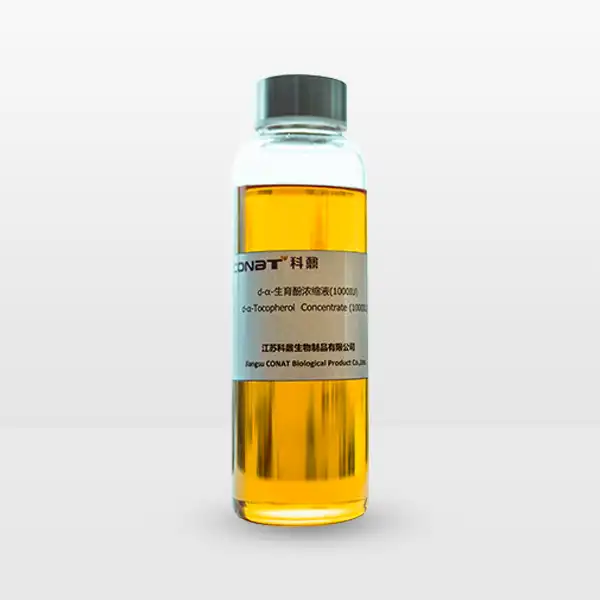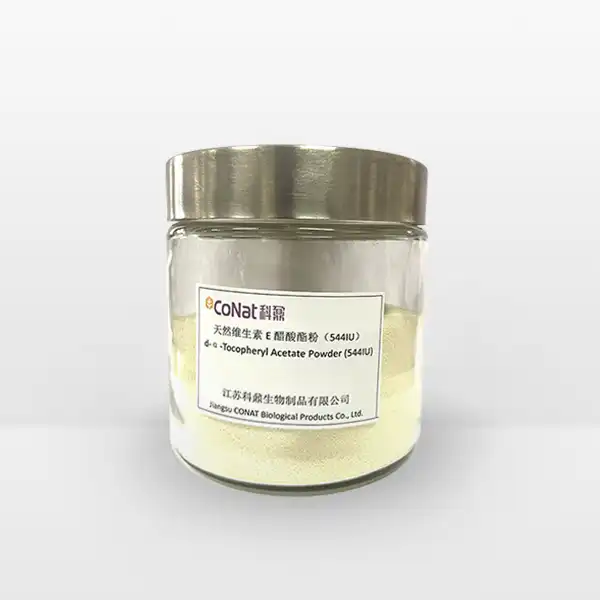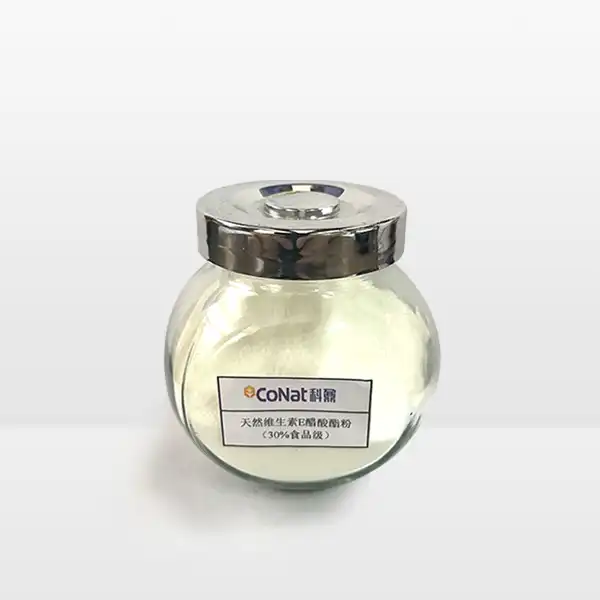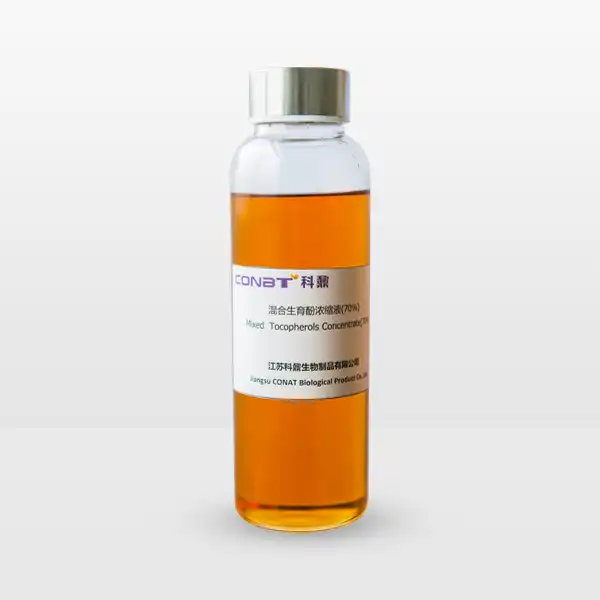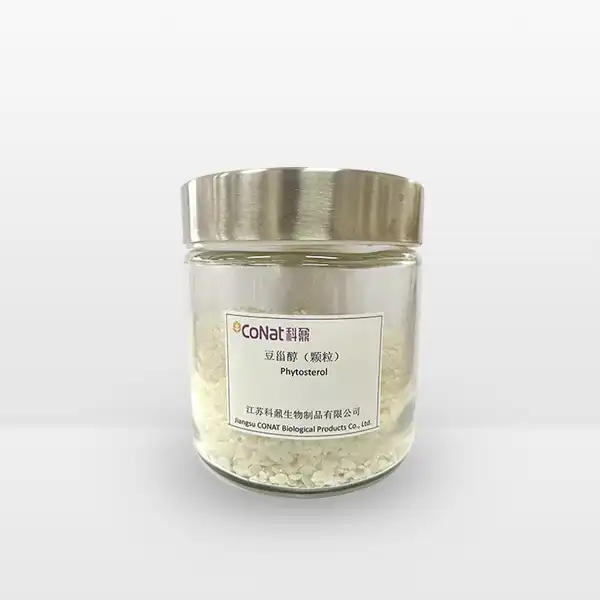- English
- French
- German
- Portuguese
- Spanish
- Russian
- Japanese
- Korean
- Arabic
- Greek
- German
- Turkish
- Italian
- Danish
- Romanian
- Indonesian
- Czech
- Afrikaans
- Swedish
- Polish
- Basque
- Catalan
- Esperanto
- Hindi
- Lao
- Albanian
- Amharic
- Armenian
- Azerbaijani
- Belarusian
- Bengali
- Bosnian
- Bulgarian
- Cebuano
- Chichewa
- Corsican
- Croatian
- Dutch
- Estonian
- Filipino
- Finnish
- Frisian
- Galician
- Georgian
- Gujarati
- Haitian
- Hausa
- Hawaiian
- Hebrew
- Hmong
- Hungarian
- Icelandic
- Igbo
- Javanese
- Kannada
- Kazakh
- Khmer
- Kurdish
- Kyrgyz
- Latin
- Latvian
- Lithuanian
- Luxembou..
- Macedonian
- Malagasy
- Malay
- Malayalam
- Maltese
- Maori
- Marathi
- Mongolian
- Burmese
- Nepali
- Norwegian
- Pashto
- Persian
- Punjabi
- Serbian
- Sesotho
- Sinhala
- Slovak
- Slovenian
- Somali
- Samoan
- Scots Gaelic
- Shona
- Sindhi
- Sundanese
- Swahili
- Tajik
- Tamil
- Telugu
- Thai
- Ukrainian
- Urdu
- Uzbek
- Vietnamese
- Welsh
- Xhosa
- Yiddish
- Yoruba
- Zulu
Is Alpha-Tocopherol Oil Suitable for All Skin Types?
Alpha-tocopherol oil, commonly known as vitamin E oil, has gained significant attention in the skincare community for its versatile benefits and powerful antioxidant properties. As a fat-soluble vitamin, it plays a crucial role in protecting skin cells from oxidative stress and environmental damage. While its popularity continues to grow, many skincare enthusiasts and professionals are particularly interested in understanding its compatibility with different skin types and its optimal application methods for maximum benefits. The effectiveness of alpha-tocopherol oil varies across different skin types, with factors such as skin sensitivity, oil production levels, and existing skin conditions playing crucial roles in determining its suitability. Research has shown that while most skin types can benefit from its antioxidant properties, the concentration and formulation must be carefully considered to ensure optimal results without adverse effects.
What are the benefits of using alpha-tocopherol oil on your face?
Alpha-tocopherol oil has emerged as a powerhouse ingredient in skincare, offering numerous benefits that make it a valuable addition to facial care routines. The oil's molecular structure allows it to penetrate deep into the skin layers, where it performs multiple functions that contribute to skin health and appearance. One of its primary benefits is its exceptional antioxidant properties, which help combat free radical damage caused by environmental stressors such as UV radiation, pollution, and other harmful elements. This protection is crucial in preventing premature aging signs, including fine lines, wrinkles, and age spots.
Moreover, alpha-tocopherol oil has demonstrated remarkable moisturizing capabilities, helping to maintain the skin's natural barrier function and prevent transepidermal water loss. This property is particularly beneficial for individuals struggling with dry or dehydrated skin conditions. The oil also promotes cellular regeneration and repair, supporting the skin's natural healing processes. Studies have shown that regular application can improve skin texture and tone, leading to a more radiant and youthful complexion.
In terms of inflammatory responses, alpha-tocopherol oil exhibits significant anti-inflammatory properties, making it effective in calming irritated skin and reducing redness. This characteristic is particularly valuable for individuals dealing with mild skin sensitivities or recovering from environmental exposure. Additionally, the oil has been found to support collagen production, a vital protein that maintains skin elasticity and firmness. Research indicates that consistent use can help improve skin elasticity and reduce the appearance of stretch marks and scars.
Recent clinical studies have also revealed that alpha-tocopherol oil plays a crucial role in photoprotection, working synergistically with other antioxidants, particularly vitamin C, to enhance the skin's natural defense against UV damage. When combined with sunscreen, it provides an additional layer of protection against photodamage and helps prevent the formation of dark spots and uneven pigmentation. Furthermore, the oil has demonstrated significant potential in supporting wound healing and tissue repair, making it valuable for post-procedural care and treating minor skin injuries.
How long does it take for alpha-tocopherol oil to work on skin?
The timeline for experiencing visible results from alpha-tocopherol oil application varies depending on several factors, including skin type, concentration of the oil, consistency of use, and specific skin concerns being addressed. Generally, some immediate benefits, such as enhanced moisture levels and improved skin texture, can be noticed within the first few days of regular application. However, more significant results typically become apparent after consistent use over a longer period.
For basic skin hydration and improved texture, users often report noticeable changes within 2-4 weeks of regular application. The skin typically appears more supple and better moisturized during this initial period. When it comes to addressing specific skin concerns such as hyperpigmentation or fine lines, the timeline extends to 8-12 weeks of consistent use. This longer duration is necessary because these issues involve deeper cellular processes and require sustained treatment for visible improvement.
The oil's antioxidant effects begin working immediately upon application, providing protection against free radical damage. However, the cumulative benefits of this protection become more evident over time, usually after 3-6 months of regular use. Users often report improved skin resilience and a more even skin tone after this period. It's important to note that factors such as proper storage of the oil, correct application techniques, and complementary skincare practices significantly influence the effectiveness and timeline of results.
Clinical observations have shown that the efficacy of alpha-tocopherol oil can be enhanced when incorporated into a comprehensive skincare routine that includes proper cleansing, exfoliation, and sun protection. The oil's absorption and effectiveness are particularly improved when applied to slightly damp skin or after using products containing hyaluronic acid. Studies have also indicated that results may vary seasonally, with some users experiencing more pronounced benefits during winter months when skin tends to be drier and more vulnerable to environmental stress.
Can alpha-tocopherol oil clog your pores?
The relationship between alpha-tocopherol oil and pore congestion is a complex topic that deserves careful consideration. While pure vitamin E oil has a relatively thick consistency and high molecular weight, its comedogenic potential varies depending on several factors, including the formulation, concentration, and individual skin characteristics. Research suggests that when properly formulated and used appropriately, alpha-tocopherol oil can be suitable for most skin types without causing significant pore blockage.
Modern skincare formulations often combine alpha-tocopherol with lighter carrier oils or incorporate it into water-based products to enhance its compatibility with different skin types. These formulations are designed to maintain the beneficial properties of vitamin E while minimizing any potential pore-clogging effects. For individuals with oily or acne-prone skin, it's recommended to start with products containing lower concentrations of alpha-tocopherol or to choose formulations specifically designed for their skin type.
Understanding the proper application technique is crucial in preventing pore congestion. Experts recommend using small amounts of the product and allowing it to fully absorb into the skin. Many successful formulations combine alpha-tocopherol with other non-comedogenic ingredients that enhance its absorption and effectiveness while maintaining clear pores. Additionally, the time of application plays a role – many dermatologists suggest using heavier vitamin E products as part of an evening skincare routine when the skin's natural renewal processes are most active.
Recent developments in cosmetic chemistry have led to the creation of innovative delivery systems that enhance the bioavailability of alpha-tocopherol while minimizing its potential to cause pore blockage. These advanced formulations often utilize microencapsulation technology or combine the oil with molecular carriers that facilitate better penetration into the skin without surface accumulation. Furthermore, the integration of alpha-tocopherol into lightweight serums and emulsions has made it more accessible to those with pore-clogging concerns. Clinical studies have also demonstrated that when used in appropriate concentrations (typically 0.5-1% in finished formulations), alpha-tocopherol oil can actually help regulate sebum production and improve skin barrier function without compromising pore health.
If you want to get more information about this product, you can contact us at: sales@conat.cn.
References:
1. Journal of Clinical Medicine (2021). "The Role of Vitamin E in Skin Health and Protection"
2. Dermatology Research and Practice (2023). "Alpha-Tocopherol: A Comprehensive Review of Its Skincare Applications"
3. International Journal of Molecular Sciences (2022). "Antioxidants in Dermatology: A Review"
4. The Journal of Nutrition (2021). "Vitamin E and Skin Health: Current Understanding and Future Directions"
5. Clinical, Cosmetic and Investigational Dermatology (2023). "Topical Vitamin E: Benefits and Applications"
6. American Journal of Clinical Dermatology (2022). "Safety and Efficacy of Topical Vitamin E"
7. Skin Pharmacology and Physiology (2021). "The Impact of Vitamin E on Skin Barrier Function"
8. Journal of Cosmetic Science (2023). "Formulation Considerations for Vitamin E in Skincare Products"
9. Archives of Dermatological Research (2022). "Vitamin E in Dermatology: Current Evidence and Applications"
10. British Journal of Dermatology (2023). "Clinical Applications of Alpha-Tocopherol in Modern Skincare"
YOU MAY LIKE
